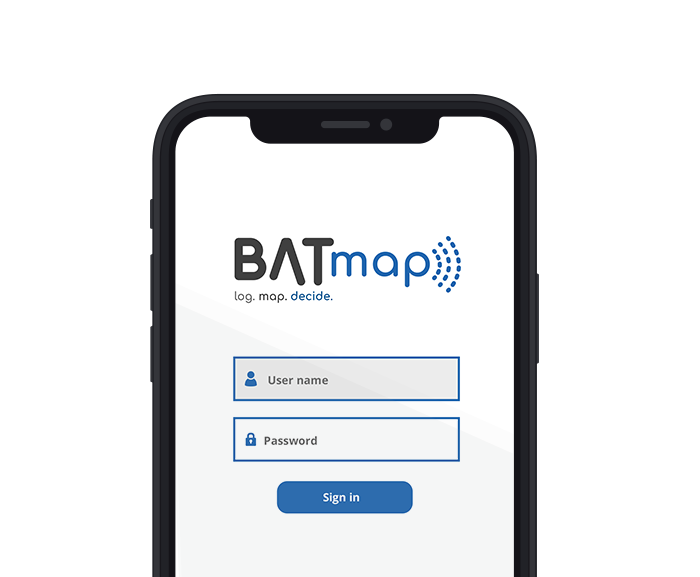On the other side, there’s been a huge decrease in wholesale orders, so the direct to- consumer trade is helping us keep people employed. The wholesale business is starting to stabilise though; we’re now selling more fish to wholesalers that supply small fishmongers. People are getting used to the new normal and are using their local fishmonger more.
 |
| Shop manager Andy Howes at your service. |
How have you adapted? Our shop is still open but we can only have one customer in at a time. The biggest change is that the mail order element was just an add-on to the business, but we’ve now got a member of staff working on just that – and they’re flat out. We’ve even got a backlog of orders. Other businesses offer a set-price box and customers get what they’re given but we offer a bespoke service where people order over the phone and we advise on what’s best that day, so it’s time consuming.
Has the local community been supportive? Definitely – the shop counter is still busy. The only thing we’re seeing a dip in is tourist trade.
What will you do after lockdown? We’ll aim to maintain the level of overnight deliveries we’re doing. A lot of places in the country don’t have a fishmonger and many people didn’t know they could order fish by mail so I hope that after they’ve seen how good the quality, service and the price is, they’ll carry on ordering this way.
People may just return to their usual habits, but if we could do even 50 per cent of what we’re doing now, it would be good. It’s better for people to support fishmongers than supermarkets as fishmongers have more interest in the fishing industry – instead of just the bottom line.

























